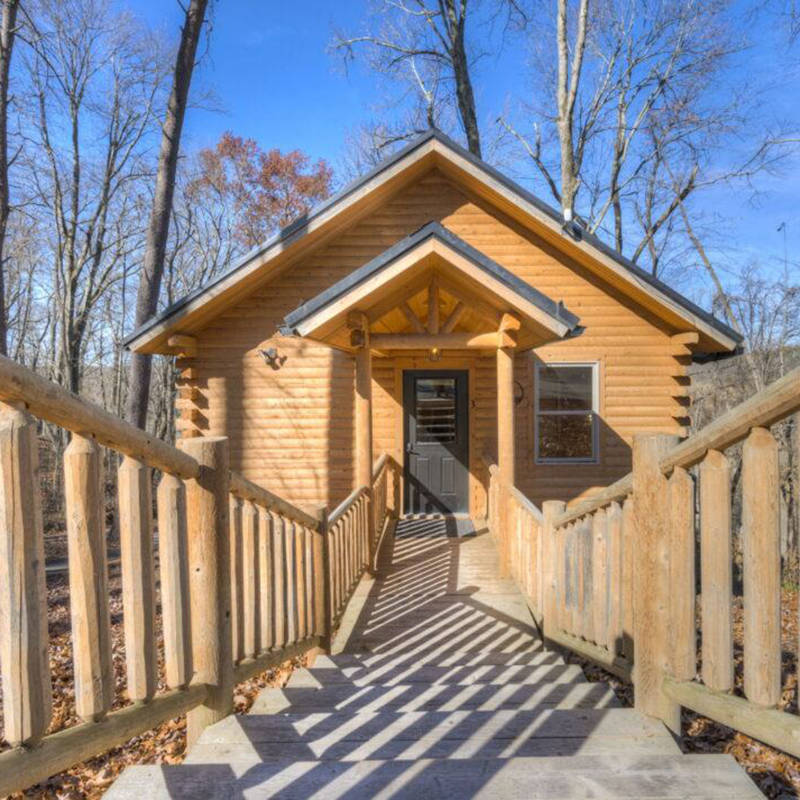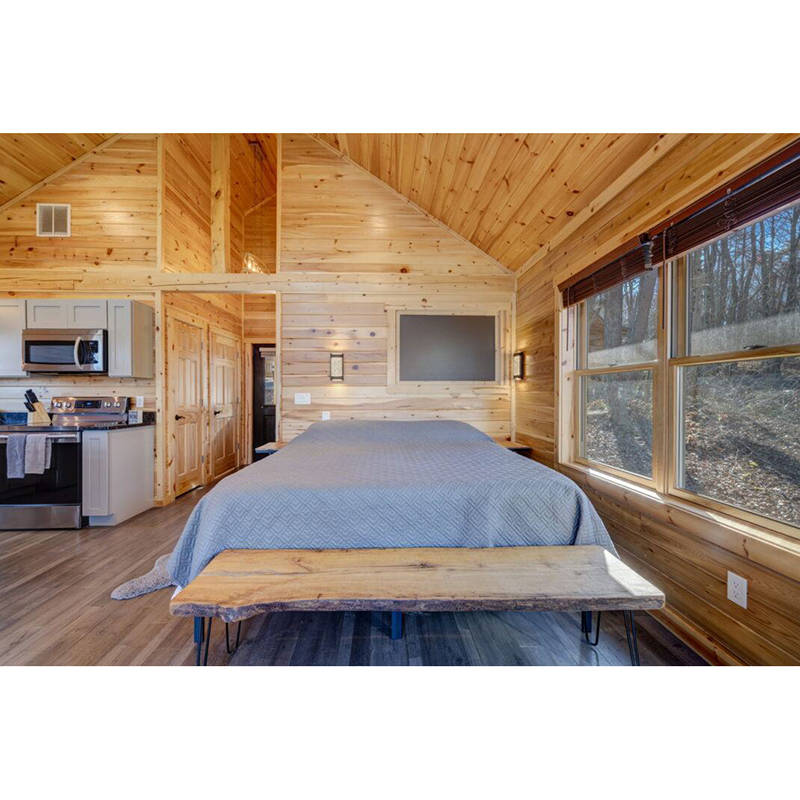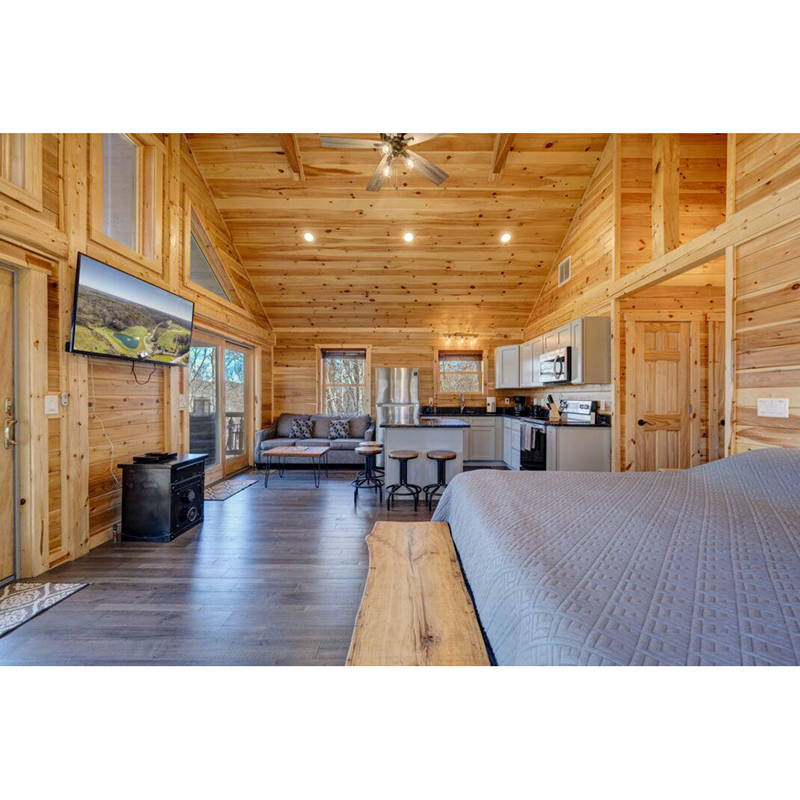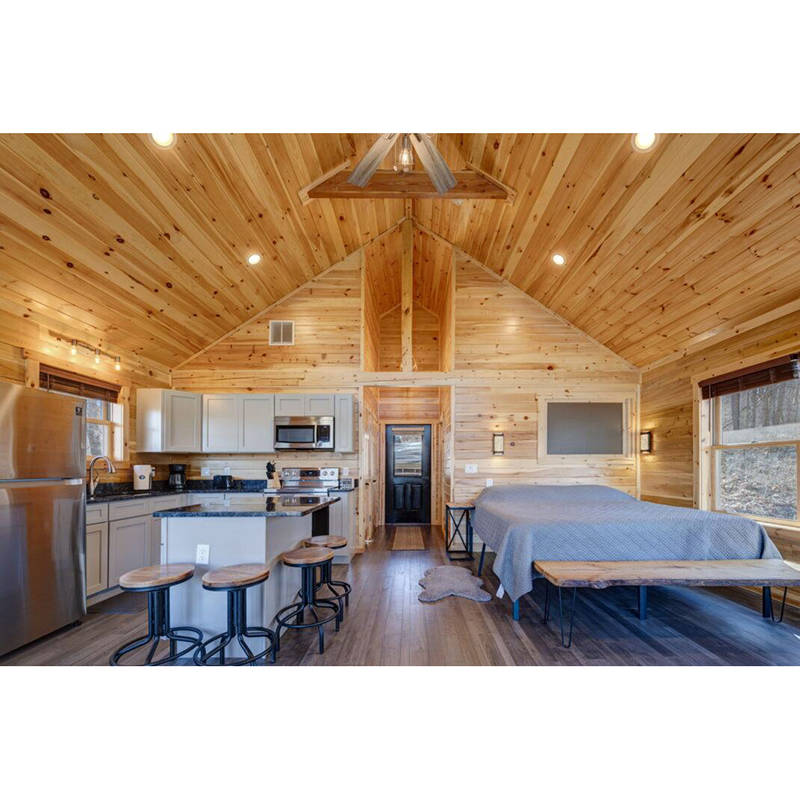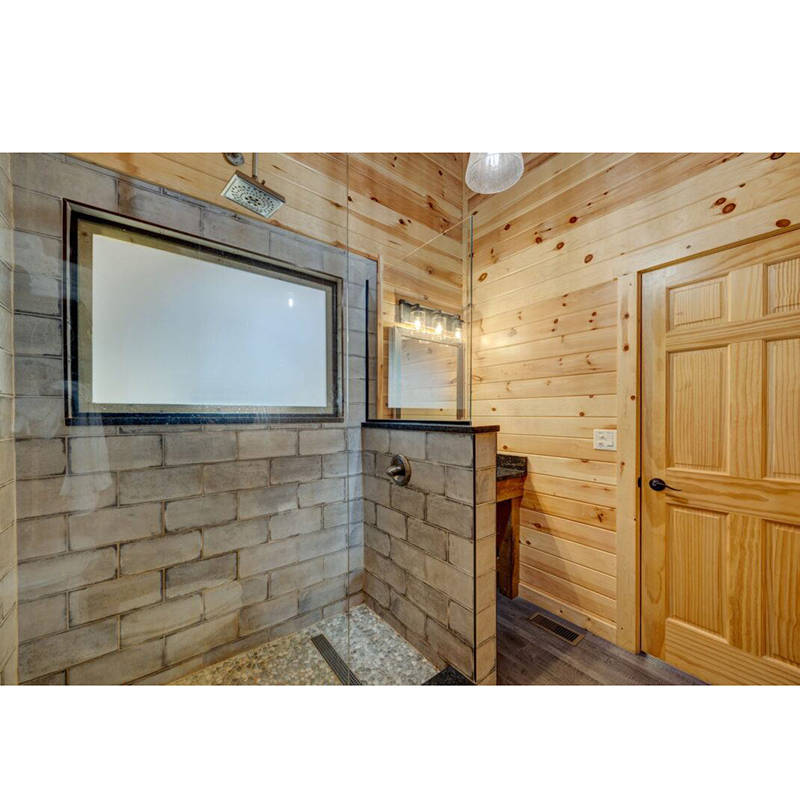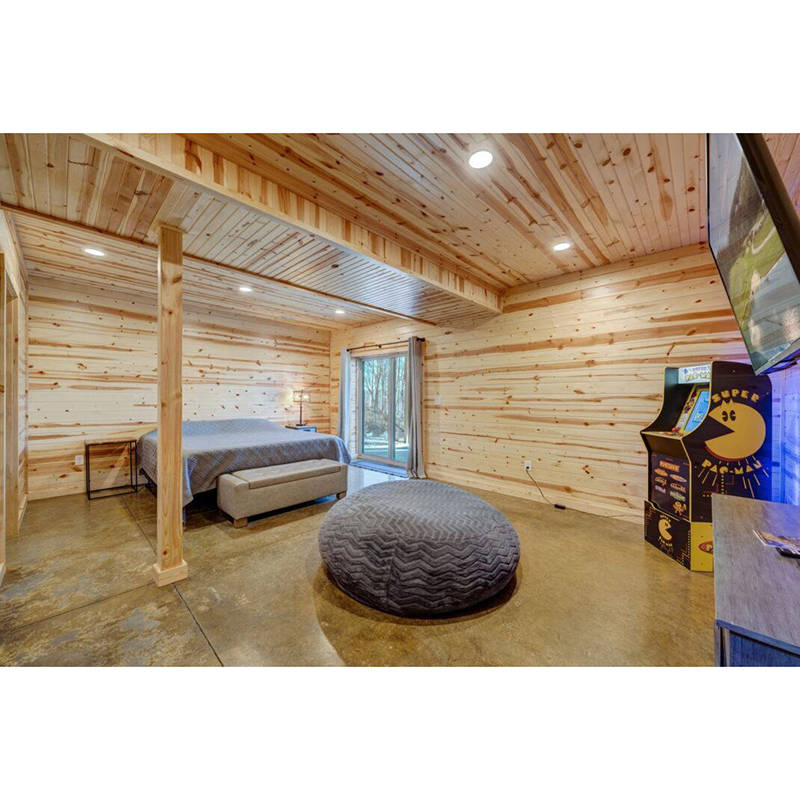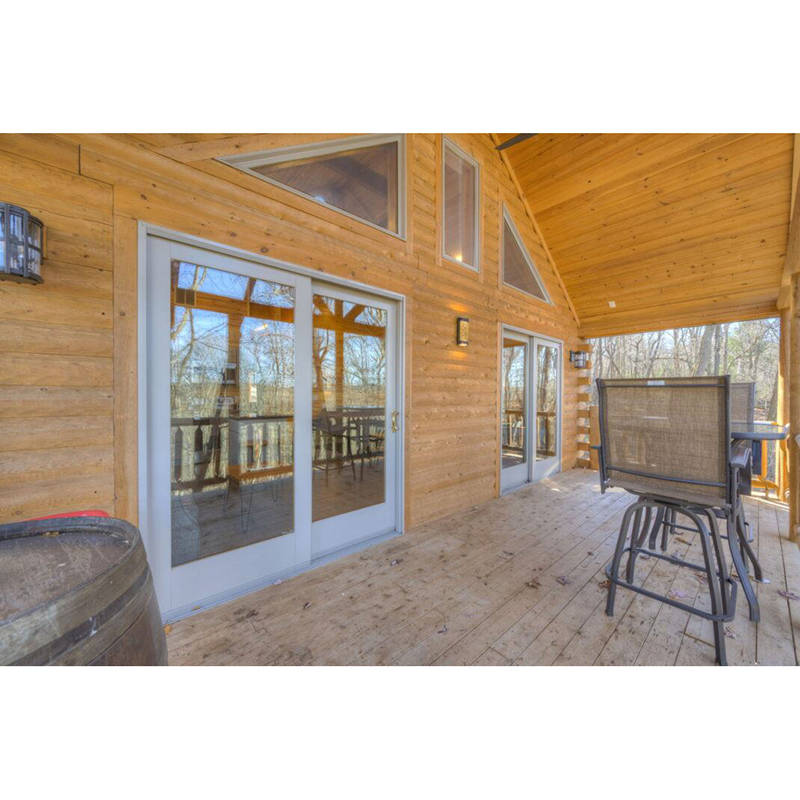| Feature | Description |
| Product Type | Wooden Houses |
| Warranty | 1 Year |
| Use | House |
| Material | Wooden,Log |
| Feature | easy installation |
| Application | Outdoor |
| After-sale Service | Online technical support |
| Design Style | Modern |
| Shape | Irregular |
| Type | Heavy wooden house |
| Place of Origin | Chongqing, China |
| Brand Name | Yangjiajiang |
| Base area | 60 ㎡ |
| Foundation construction period | 40 day |
| Structural type | Pure wood structure |
| Roof style | Herringbone slope roof |
| Heat insulation performance | Polyurethane insulation |
| Installation method | Modular assembly |
| Door and window configuration | Wood/aluminium alloy/glass |
| Additional facilities | Can be added |
| Foundation | Point hardening |
| Color | Customized |
Heavy Timber Construction
Introduction
Heavy Timber Construction is a traditional yet modern building method that utilizes large-section solid wood or engineered timber (such as glulam beams or cross-laminated timber, CLT) to create robust and aesthetically pleasing structures. This construction style is known for its durability, fire resistance, and natural beauty, making it ideal for both residential and commercial applications, including lodges, churches, and public buildings.
Key Features
Materials: Uses thick beams, columns, and panels (typically ≥6×6 inches) made of solid wood, glulam, or CLT.
Structural System: Relies on post-and-beam framing or mass timber techniques, often with exposed joinery (mortise-and-tenon or steel connectors).
Aesthetics: Showcases the natural grain and warmth of wood, often left visible for architectural appeal.
Fire Resistance: Thick timber chars slowly, forming a protective layer that maintains structural integrity in fires.
Applications: Suitable for long-span designs (e.g., auditoriums, barns, luxury homes).
Advantages
✔ Durability – Resists decay and deformation over time.
✔ Sustainability – Uses renewable materials with low carbon footprint.
✔ Design Flexibility – Allows open, column-free spaces.
✔ Natural Insulation – Provides good thermal performance.
Disadvantages
✖ Higher Cost – Expensive materials and skilled labor required.
✖ Longer Construction Time – Precision cutting and assembly take time.
✖ Heavier Weight – May require reinforced foundations.
Conclusion
Heavy timber construction blends tradition with innovation, offering timeless beauty and structural integrity. It is best suited for projects where aesthetics, longevity, and sustainability are priorities.

